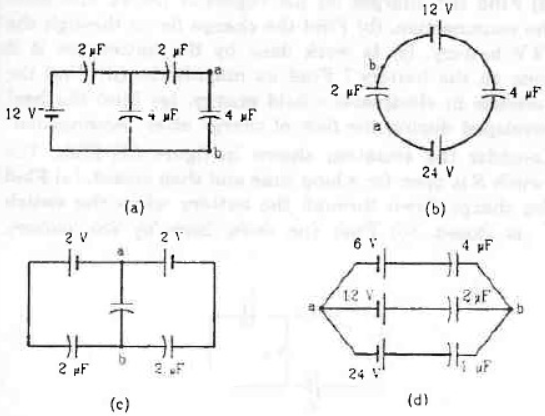Find the potential difference between the points A and B (VA−VB) as shown in figure. (Initially all the capacitors are uncharged)

The correct Answer is:−22V
Step by step video, text & image solution for Find the potential difference between the points A and B (V_(A)-V_(B)) as shown in figure. (Initially all the capacitors are uncharged) by Physics experts to help you in doubts & scoring excellent marks in Class 12 exams.
Topper's Solved these Questions
- BOOK - RESONANCECHAPTER - CAPACITANCEEXERCISE - Exercise - 274videos
CAPACITANCE
- BOOK - RESONANCECHAPTER - CAPACITANCEEXERCISE - Exercise - 326videos
CAPACITANCE
- BOOK - RESONANCECHAPTER - CAPACITANCEEXERCISE - Miscellaneous Solved Example3videos
CAPACITANCE
- BOOK - RESONANCECHAPTER - ATOMIC PHYSICSEXERCISE - Advanved level problems17videos
ATOMIC PHYSICS
- BOOK - RESONANCECHAPTER - COMMUNICATION SYSTEMSEXERCISE - Exercise 313videos
COMMUNICATION SYSTEMS
Similar Questions
Knowledge Check
- Question 1 - Select One
Potential difference between points A and B (i.e. VA−VB) is -----
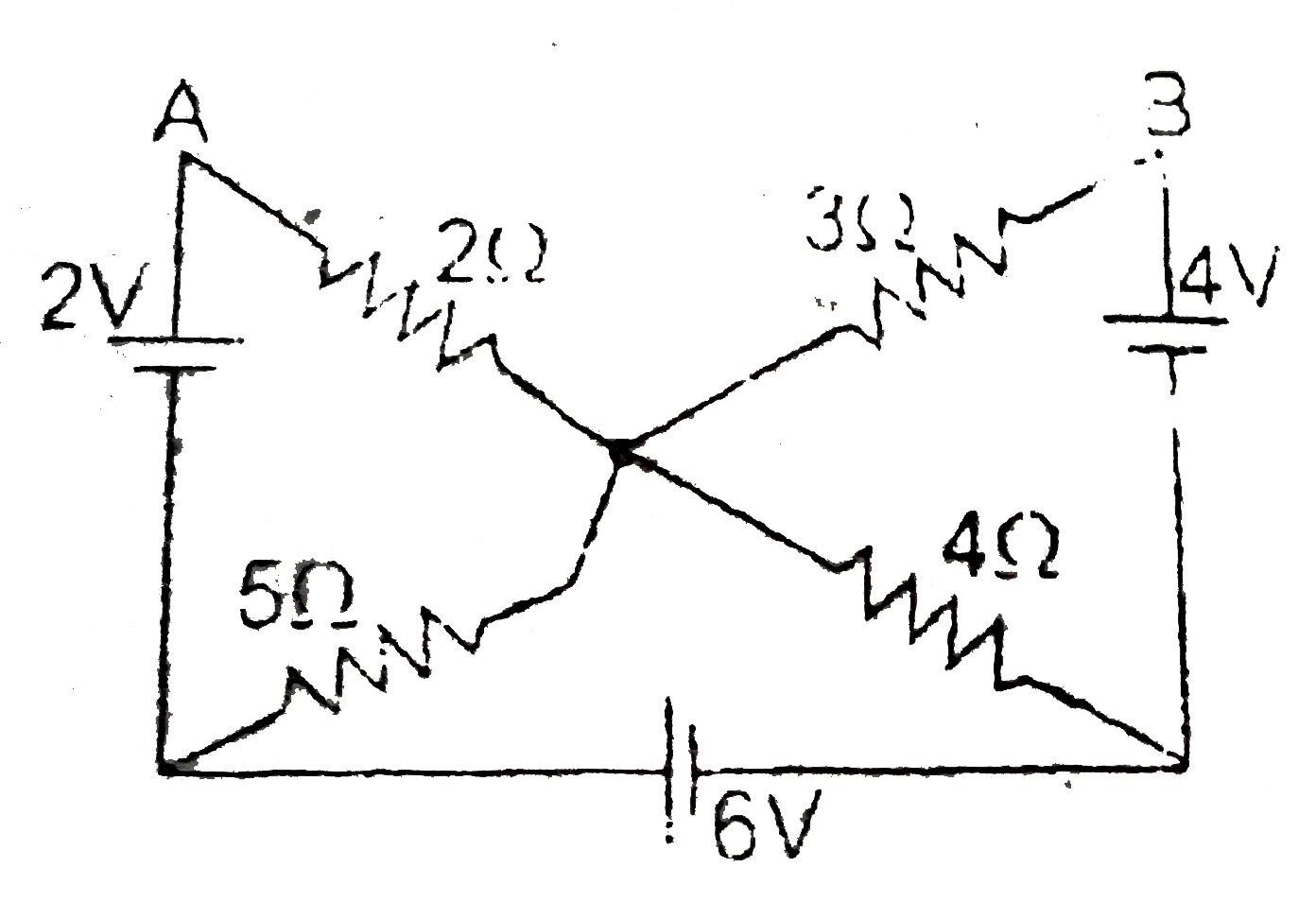 A2VB4VC8VD12 V
A2VB4VC8VD12 V - Question 2 - Select One
The potential difference (VA−VB) between the point A and B as shown in the figure is
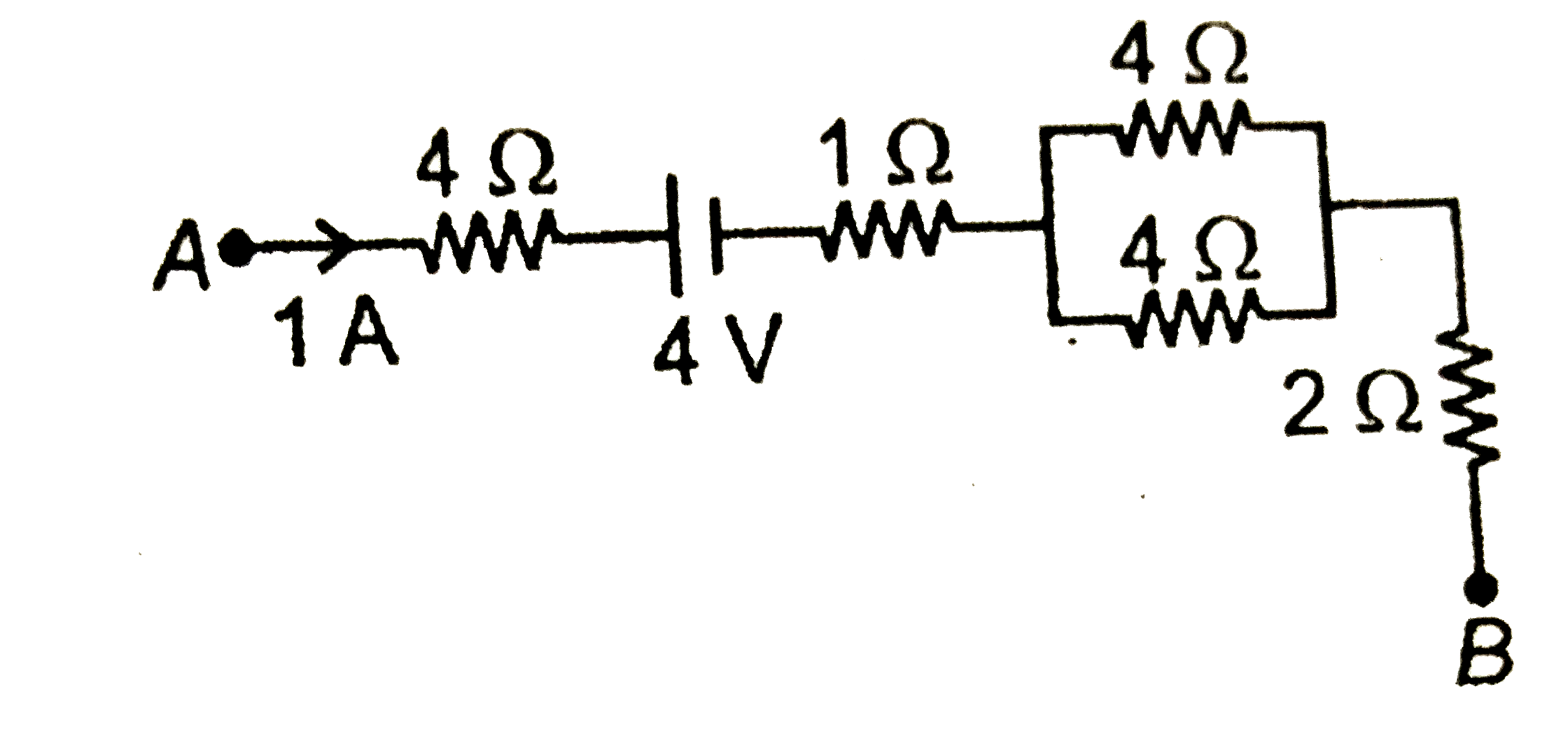 A9VB8VC15VD13V
A9VB8VC15VD13V - Question 3 - Select One
The potential difference between points A and B in the circuit shown in figure will be
 A1VB2VC−3VDnone of these
A1VB2VC−3VDnone of these
Find the potential difference between the points A and B.
(a)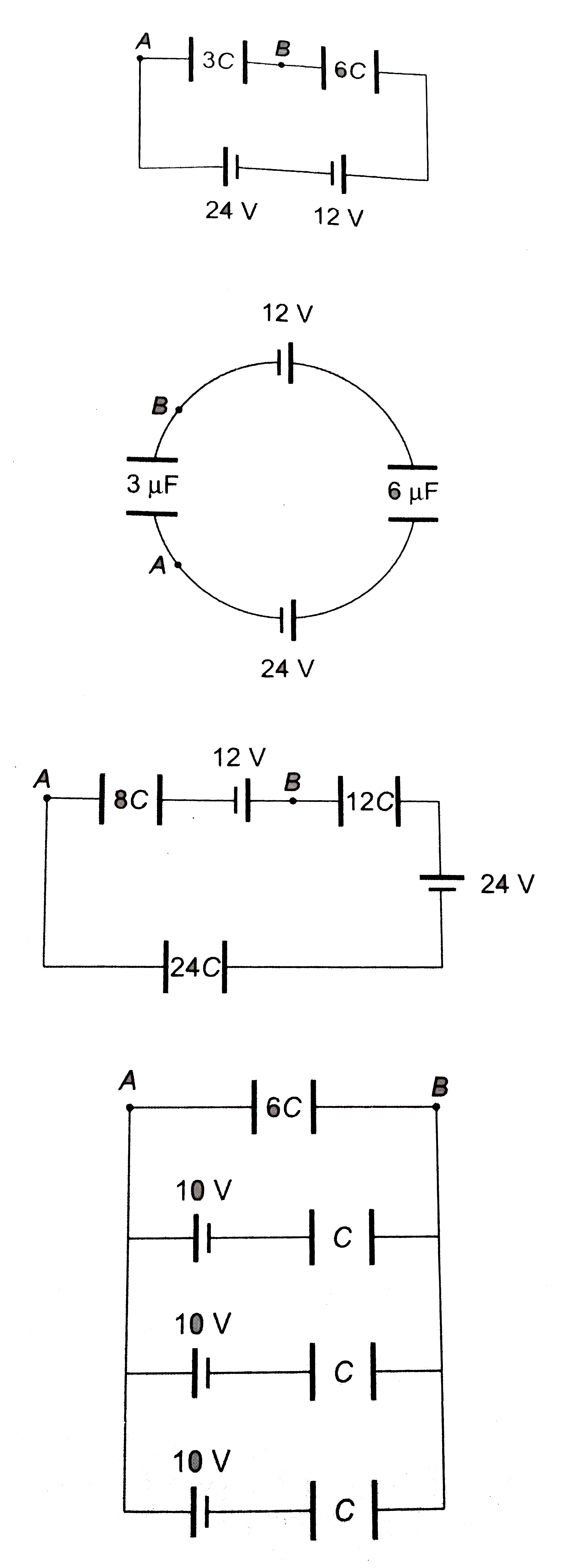
If VA−VB=5V, find voltage across each capacitor.
 View Solution
View SolutionThe potential difference (VA−VB) between the point A and B in the given figure is :
 View Solution
View SolutionWhat is the potential difference between the points A and B in the circuit diagram shown in figure ?
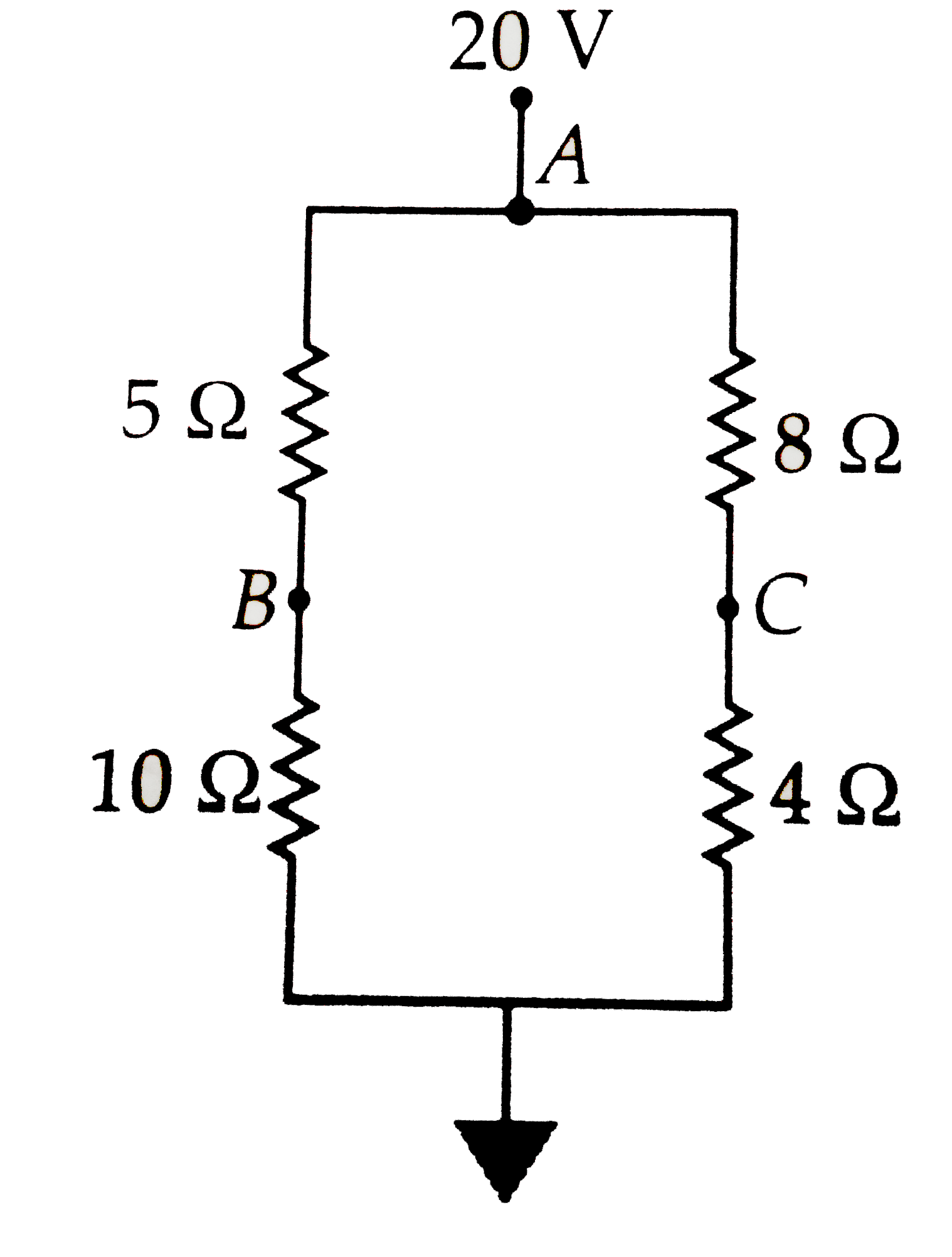 View Solution
View SolutionThe potential difference between points a and b of circuits shown in figure is
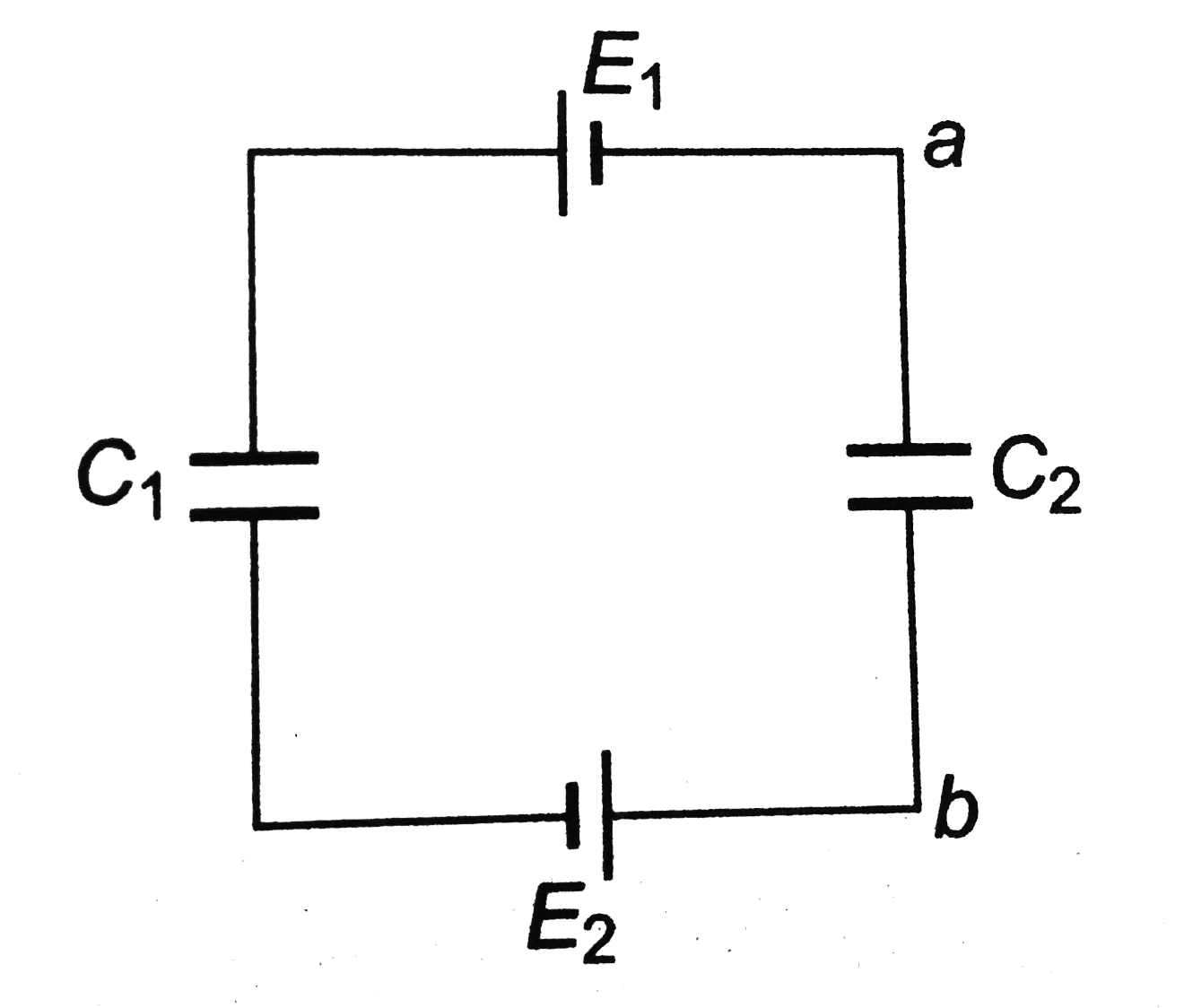 View Solution
View SolutionThe potential difference (VA−VB) between the point A and B in the given figure is
 View Solution
View Solution



